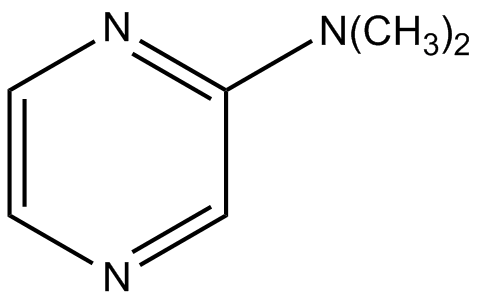tweex
Bluelighter
I think he meant why an analogue of the pro-drug when they could have made a direct analogue of the drug of interest.
Cutting down on the abuse potential would certainly make sense.
N&PD Moderators: Skorpio | someguyontheinternet
I think he meant why an analogue of the pro-drug when they could have made a direct analogue of the drug of interest.
Limpet Chicken said:Hm I daresay my definition is quite a lot narrower than that. DA/NE releaser.reuptake inhibitors, direct agonists at some DA receptor subtypes, some of the more stimulating opioids, adenosine receptor-medtated stimulants such as many xanthines, caffeine etc. And of course alkaloids such as brucine, strychnine and thebaine
Cutting down on the abuse potential would certainly make sense.

Doesn't make sense for companies that are marketing the product for recreational or functional illicit use.

Tweex, alpha7 nicotinic agonism doesn't seem to have stimulant effects.
Memory enhancing, and focus-aiding, nootropic, yes, stimulant per se, not at all.
At least, not my experience with the cholinesterase inhibitor/alpha7 NAChR agonist galantamine. Wish I could afford to keep up with that stuff but its too expensive
An Alpha-7 nAChR agonist just got approved by the FDA as a treatment for Schizophrenia. It should hit the market soon. I don't remember how strong it's antipsychotic effects are, but it greatly improves cognitive functioning in people Schizoid Diseases. So I don't thing a7 agonists will be stimulants of the future perse, but they'll definitely be one of the many psychotic treatments of the future.
Personally, I'd like to see a TRI/TRA (Triple Reuptake Inhibitor/Triple Releasing Agent) appear on the prescription market. I think it would be 1000X's better at treating ADHD than the current non-serotonergic stimulants (such as Methylphenidate). This substance could also be used to treat Post-Traumatic Stress Disorder and it would probably be the best drug available for this indication since it's effects would be very similar (if not identical) to MDMA.
α-Metyltryptamine (AMT), a tryptamine derivative, was one of the strongest re-uptake inhibitors and releasers of the three monoamines. The tryptamine derivative, 5-methoxy-α-methyltryptamine (5-MeO-AMT), also strongly inhibited re-uptake and increased the release of the three monoamines.
SwampFox said:Personally, I'd like to see a TRI/TRA (Triple Reuptake Inhibitor/Triple Releasing Agent) appear on the prescription market.
This sounds like a woefully unsustainable medication.
ebola
Maybe the TRI activity is required in combination with the TRA activity to make chronic usage sustainable?
Depending on binding affinities, the reuptake inhibition would block release. It would retain efficacy for slightly longer than a TRA but would still be quite unsustainable. I mean, cocaine is a pretty solid example of a TRI.
ebola
Any monoamine releaser that binds to a transporter protien is also a reuptake inhibitor.
I seem to recall that naphyrone, the actual chemical, is nicer than people give it credit for. There was a period in time where everything sold as naphyrone was really MDPV though.